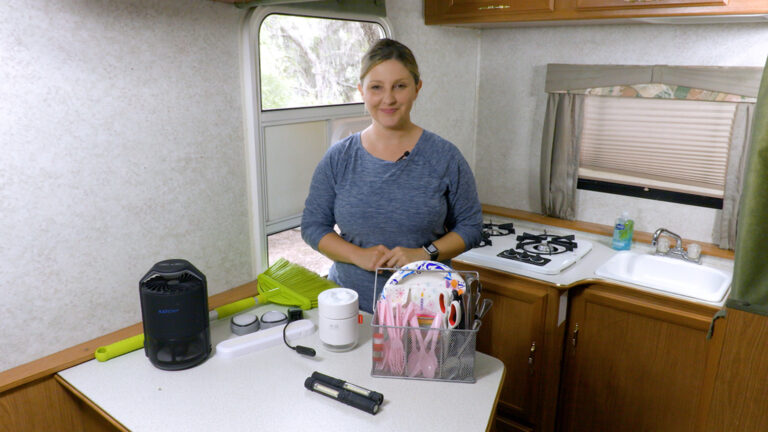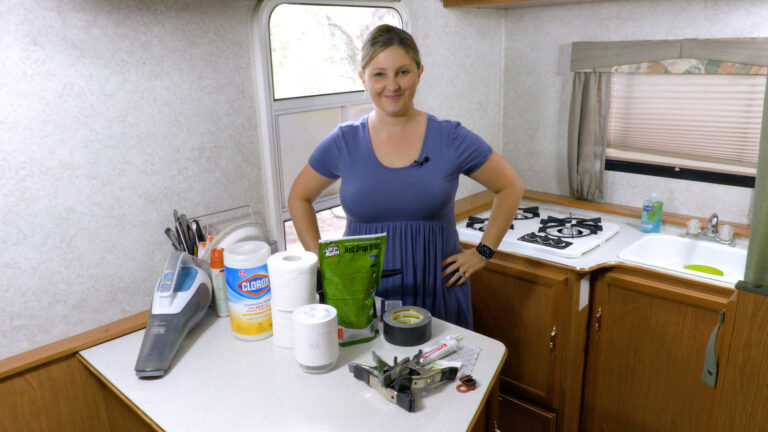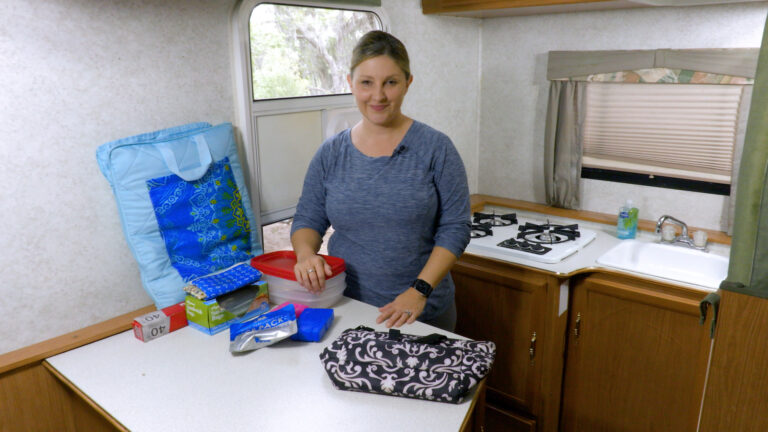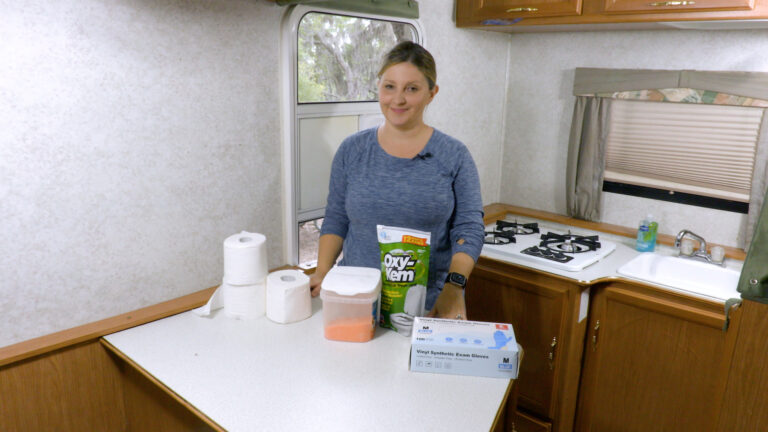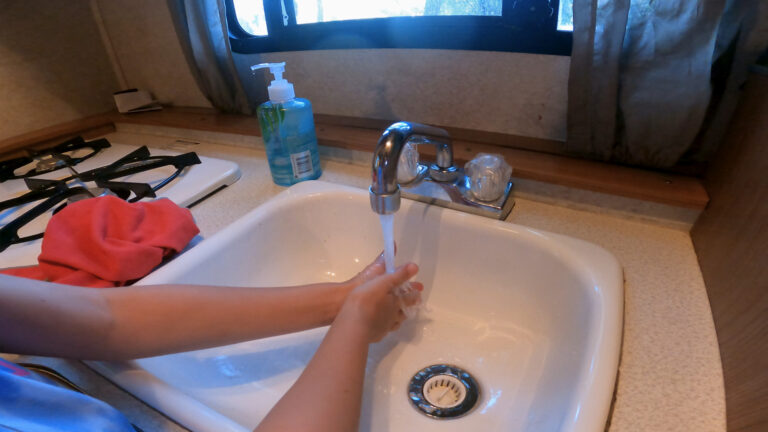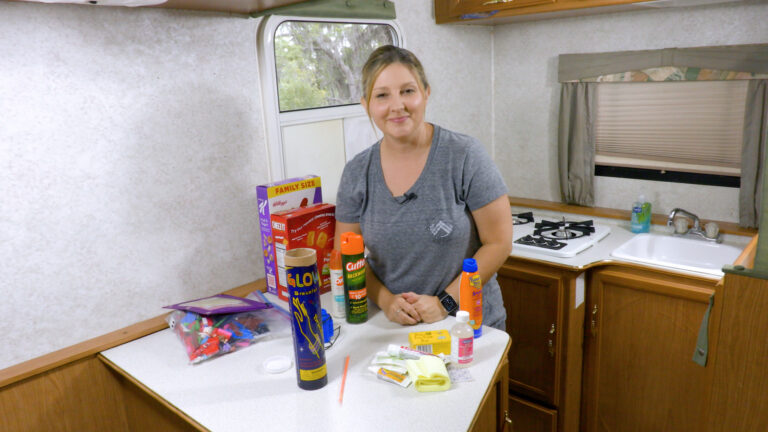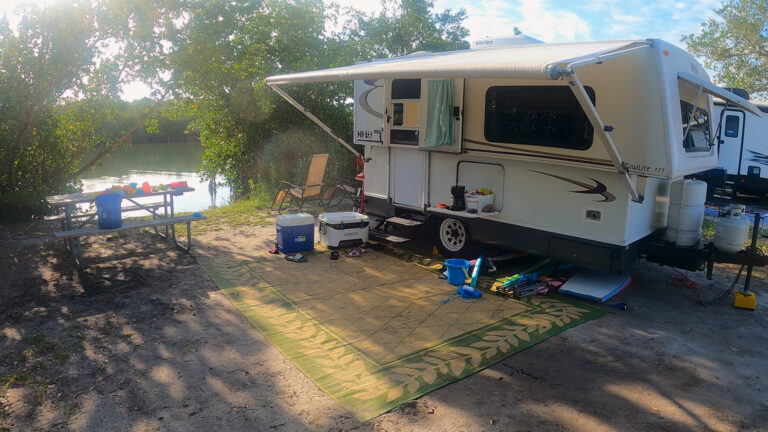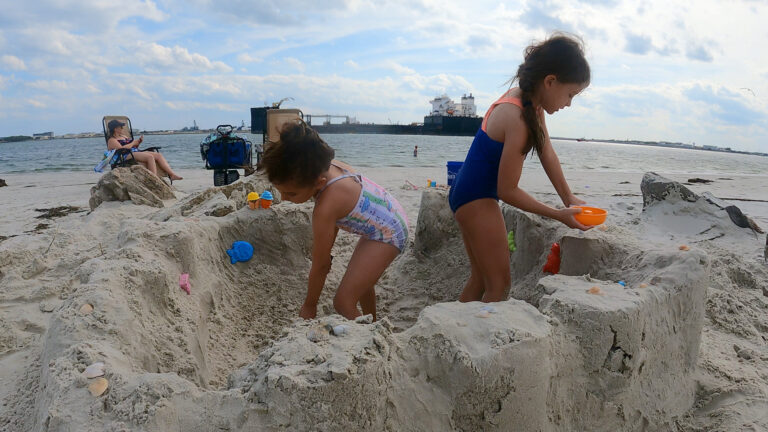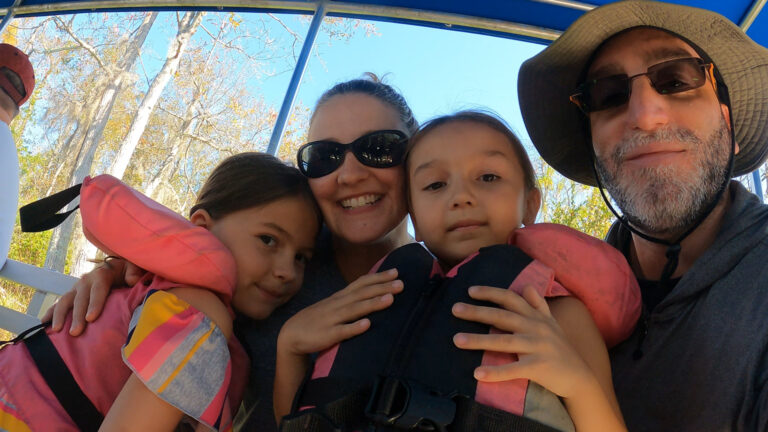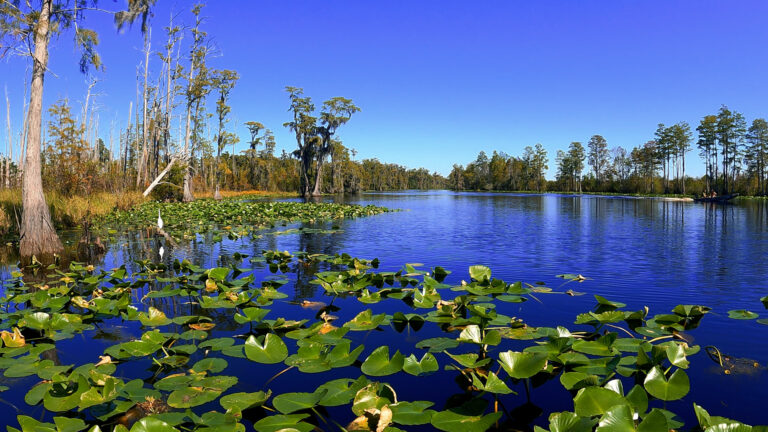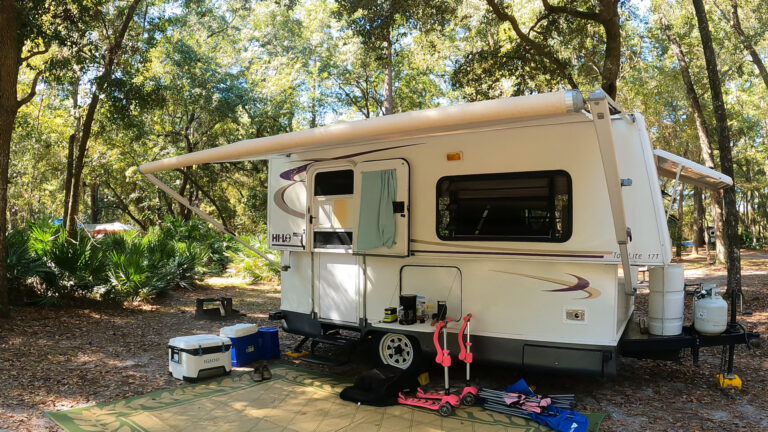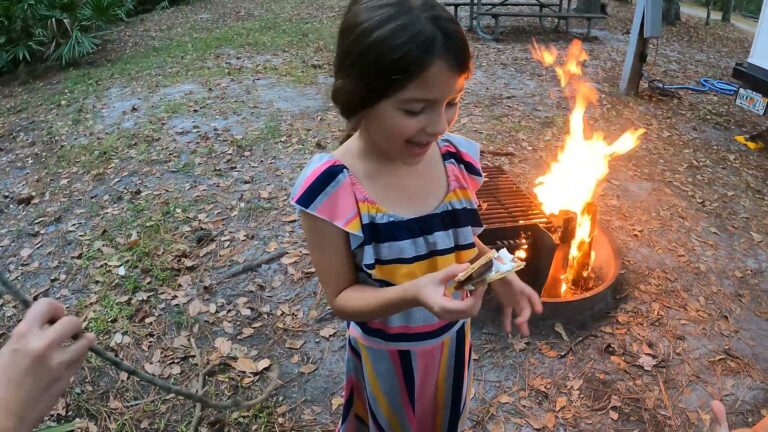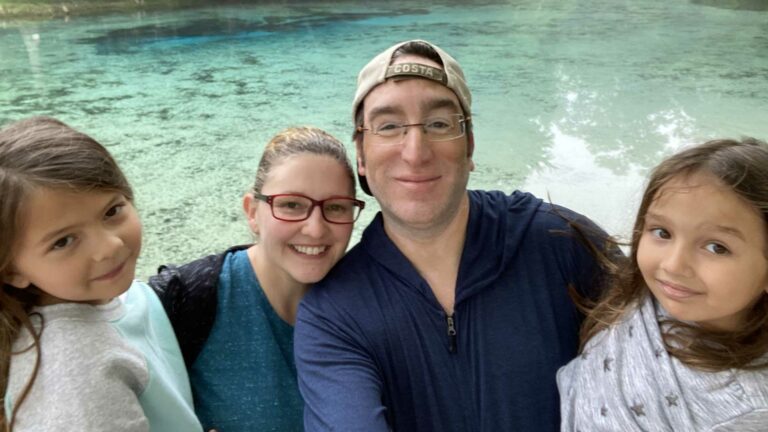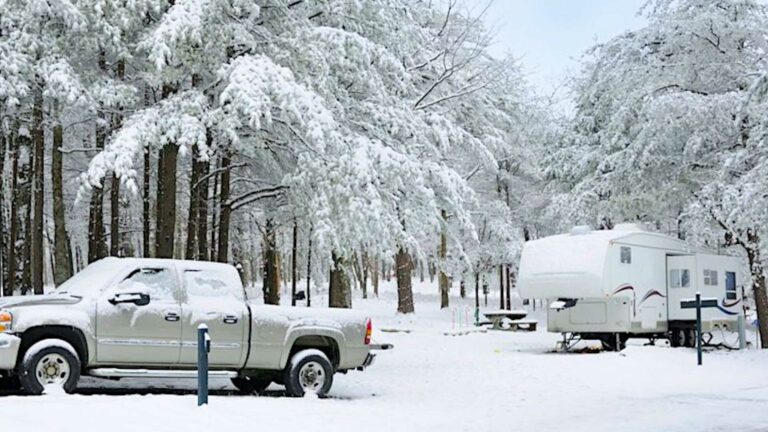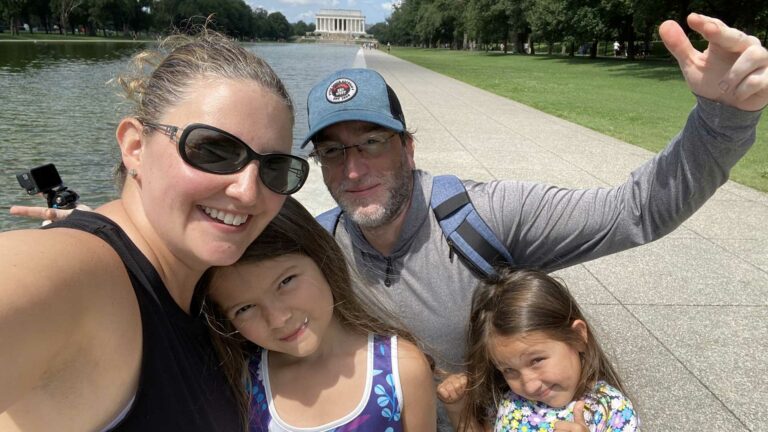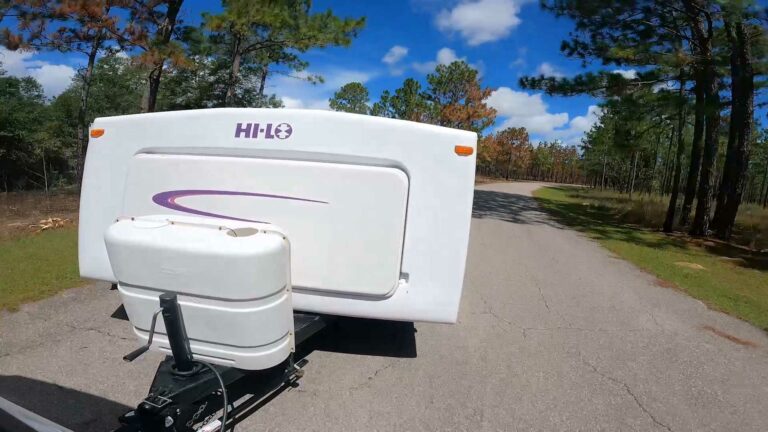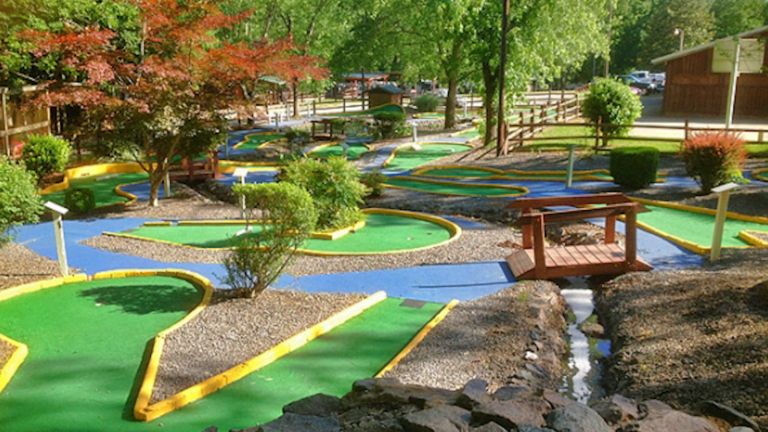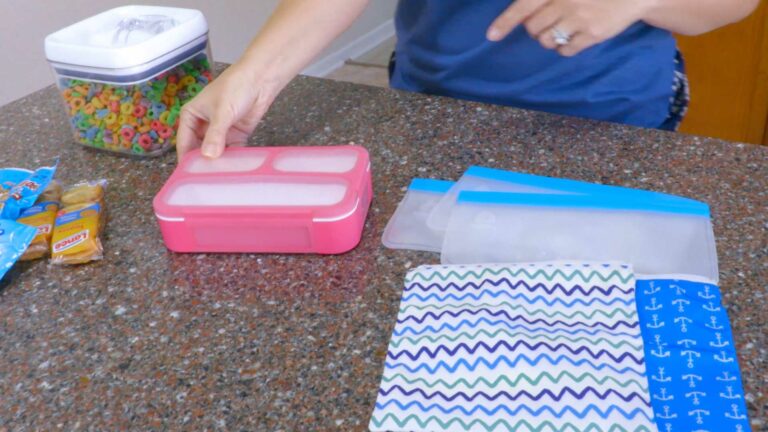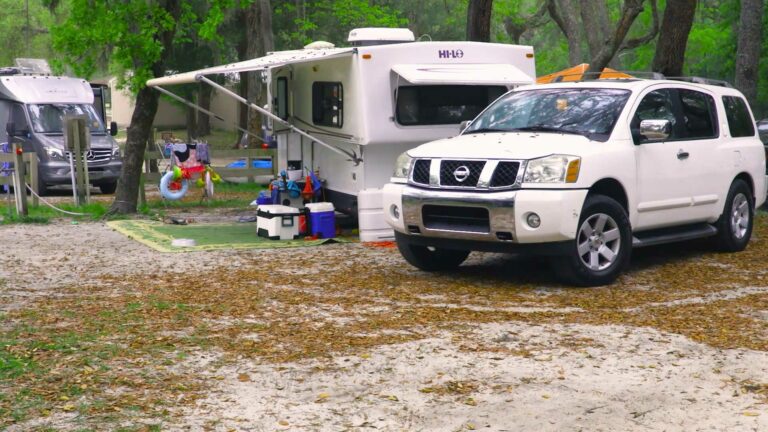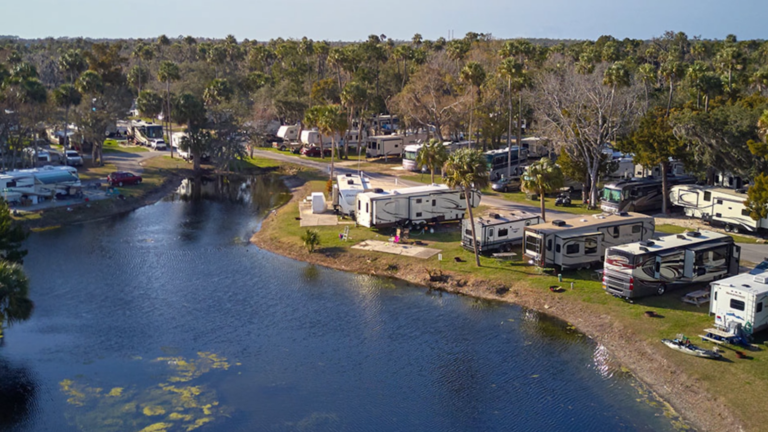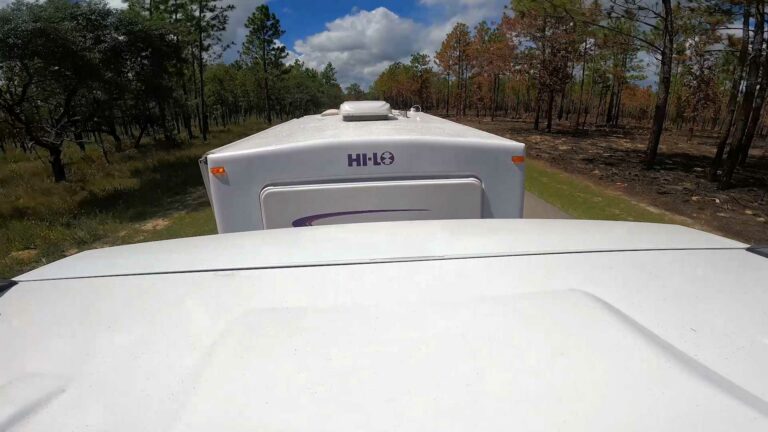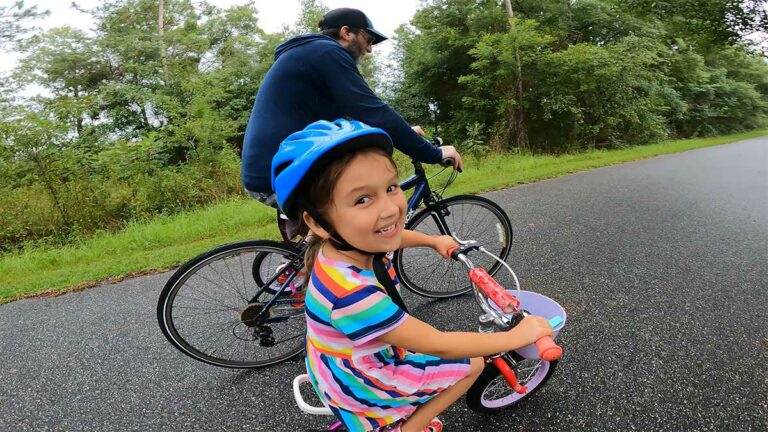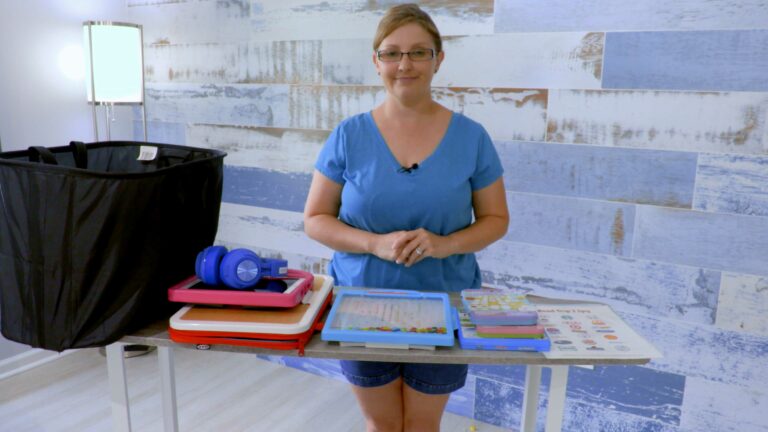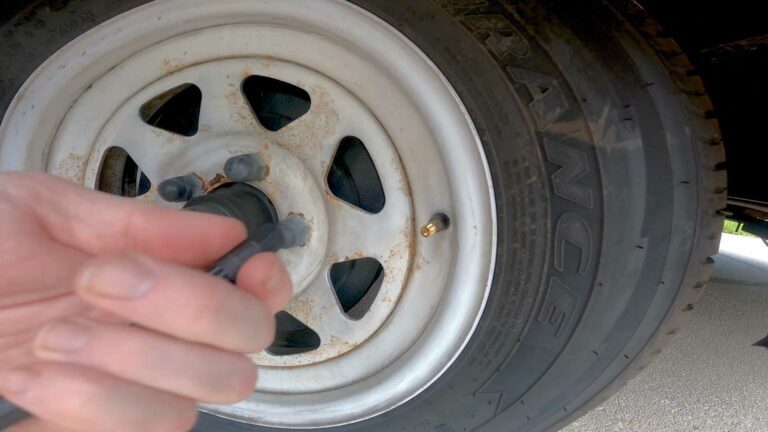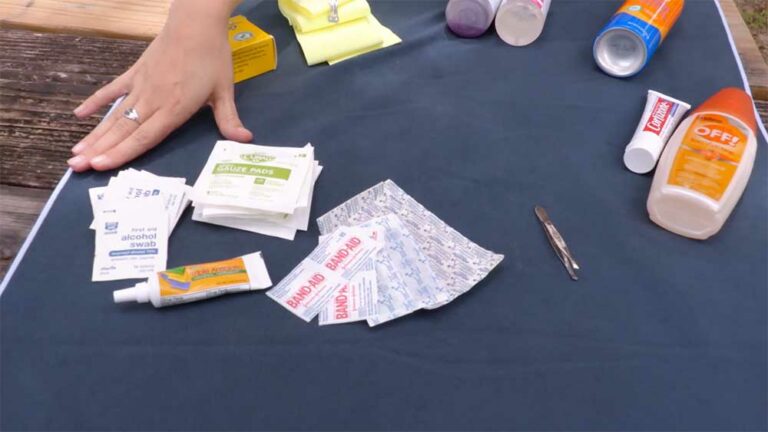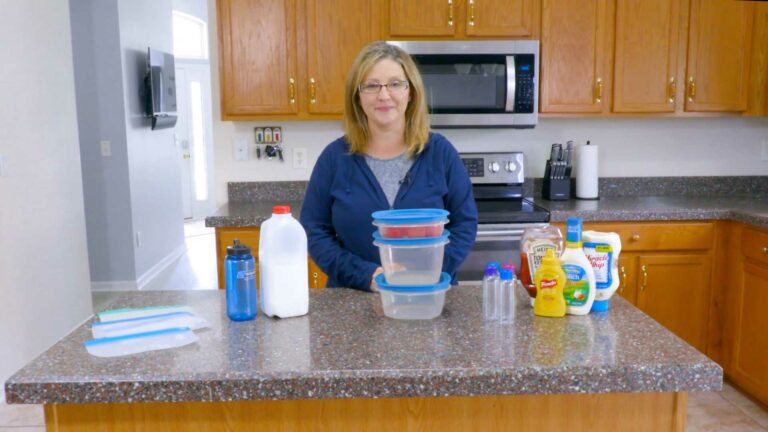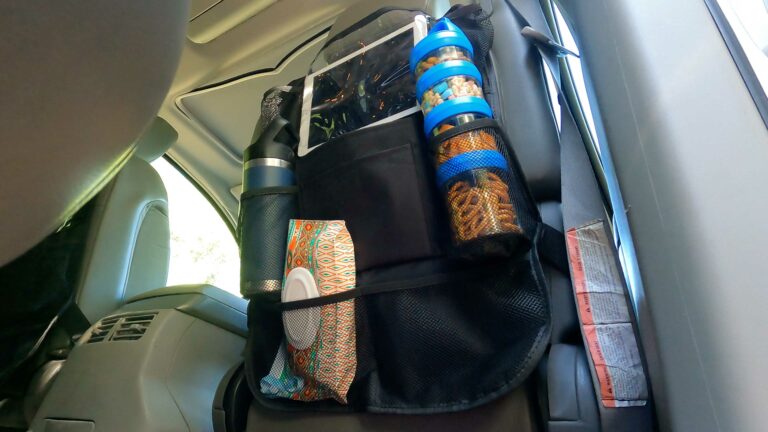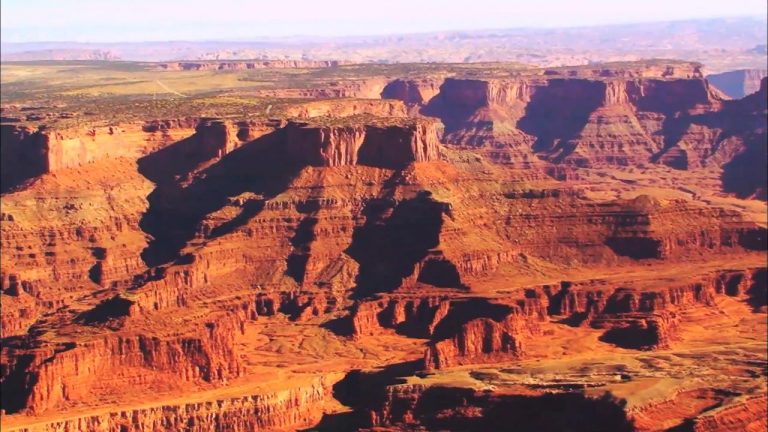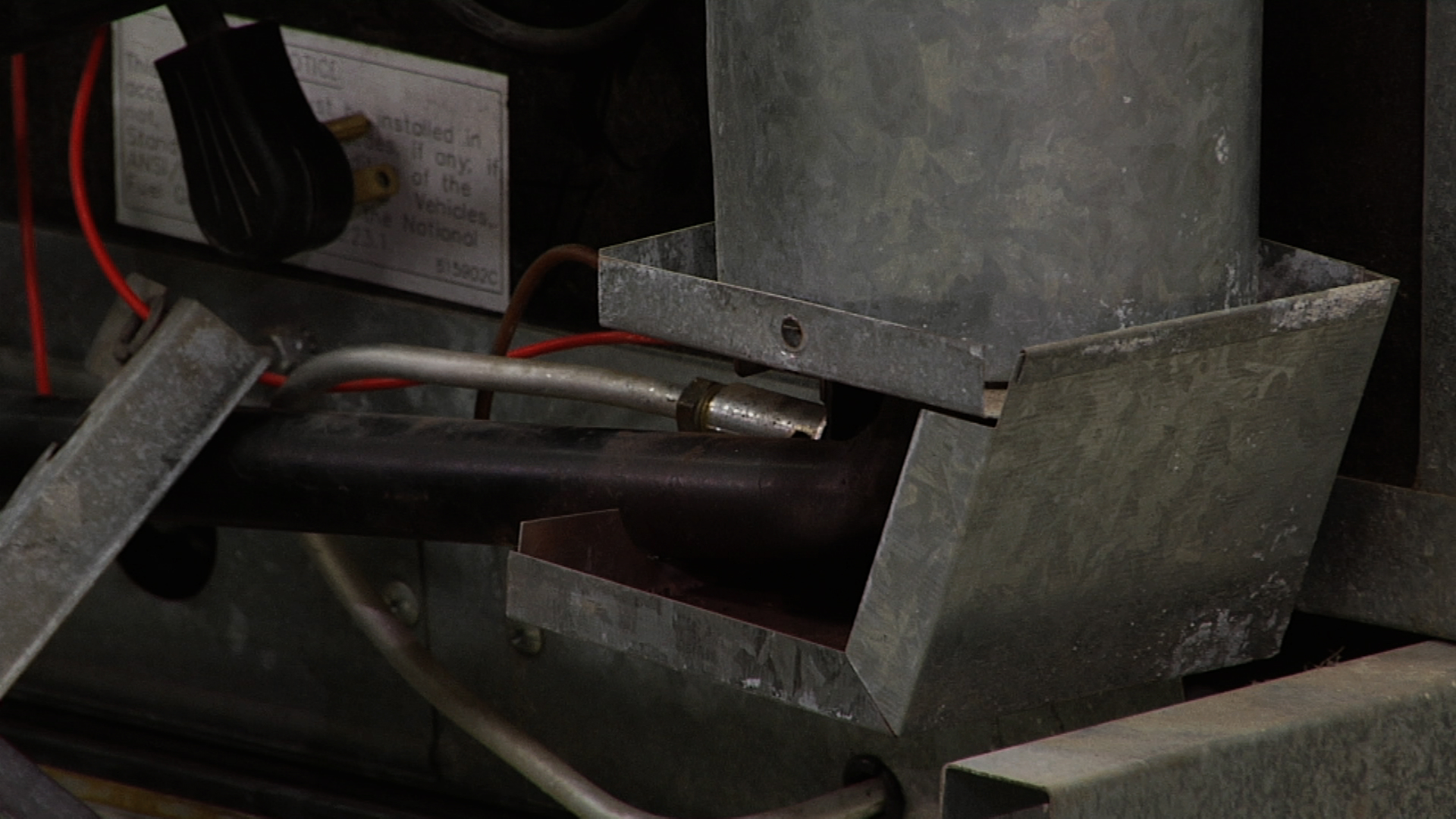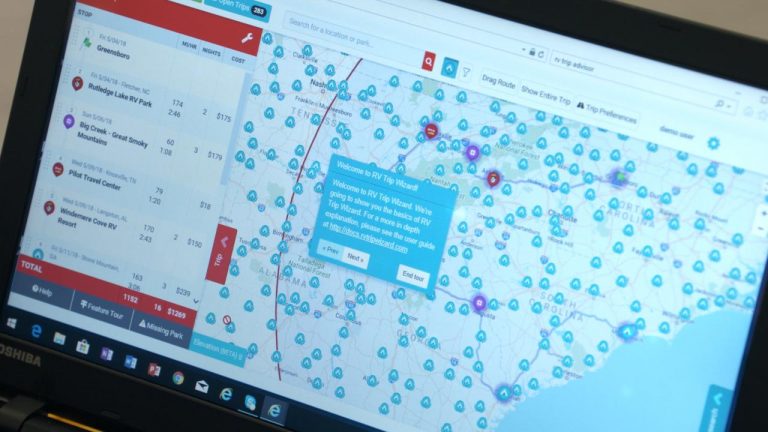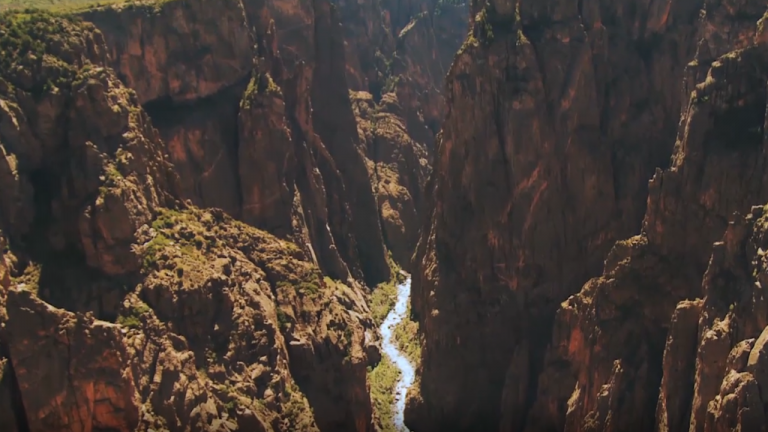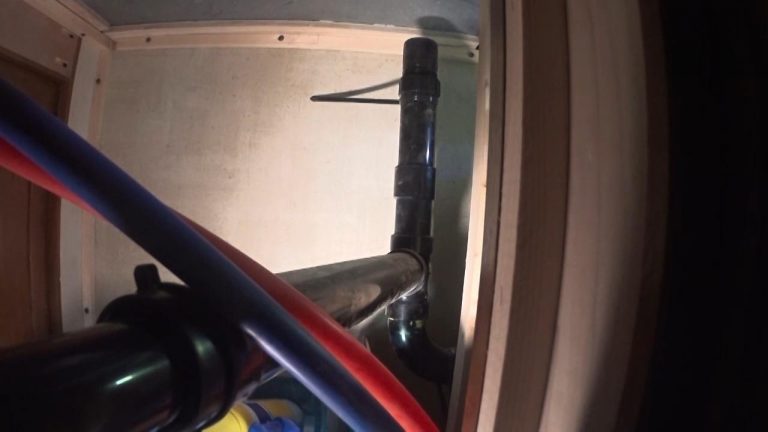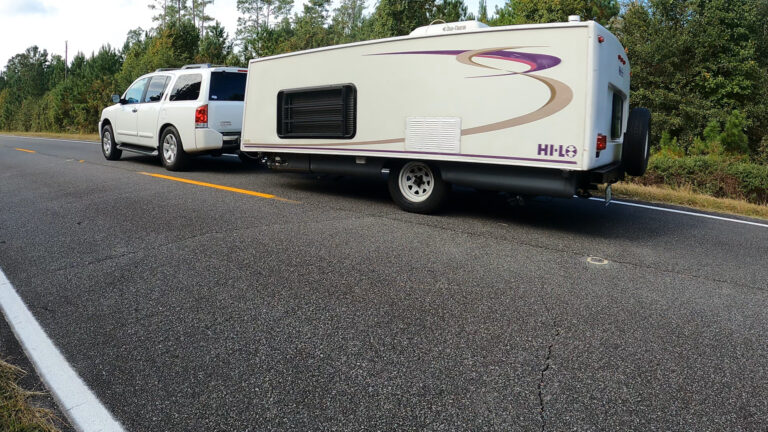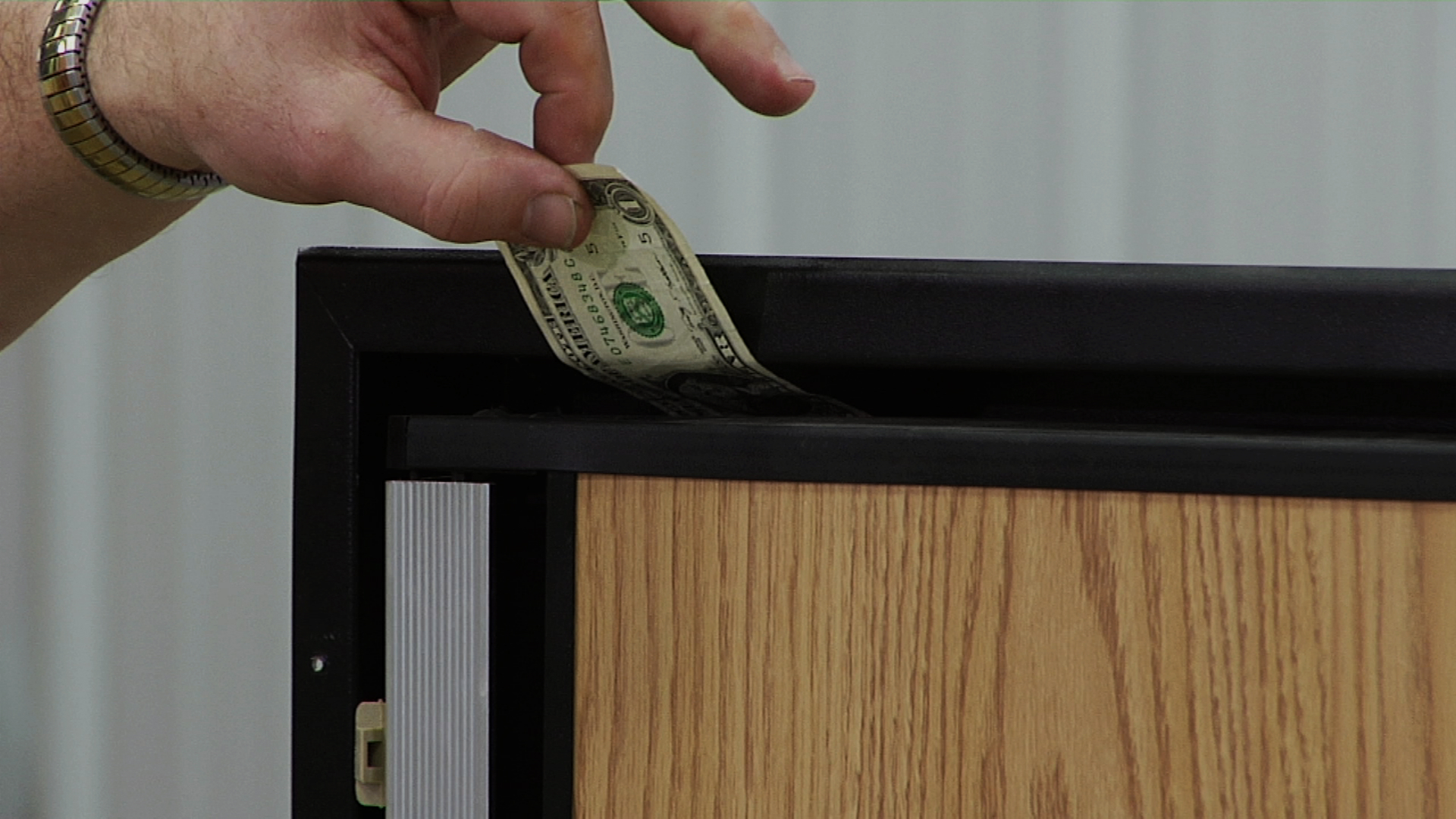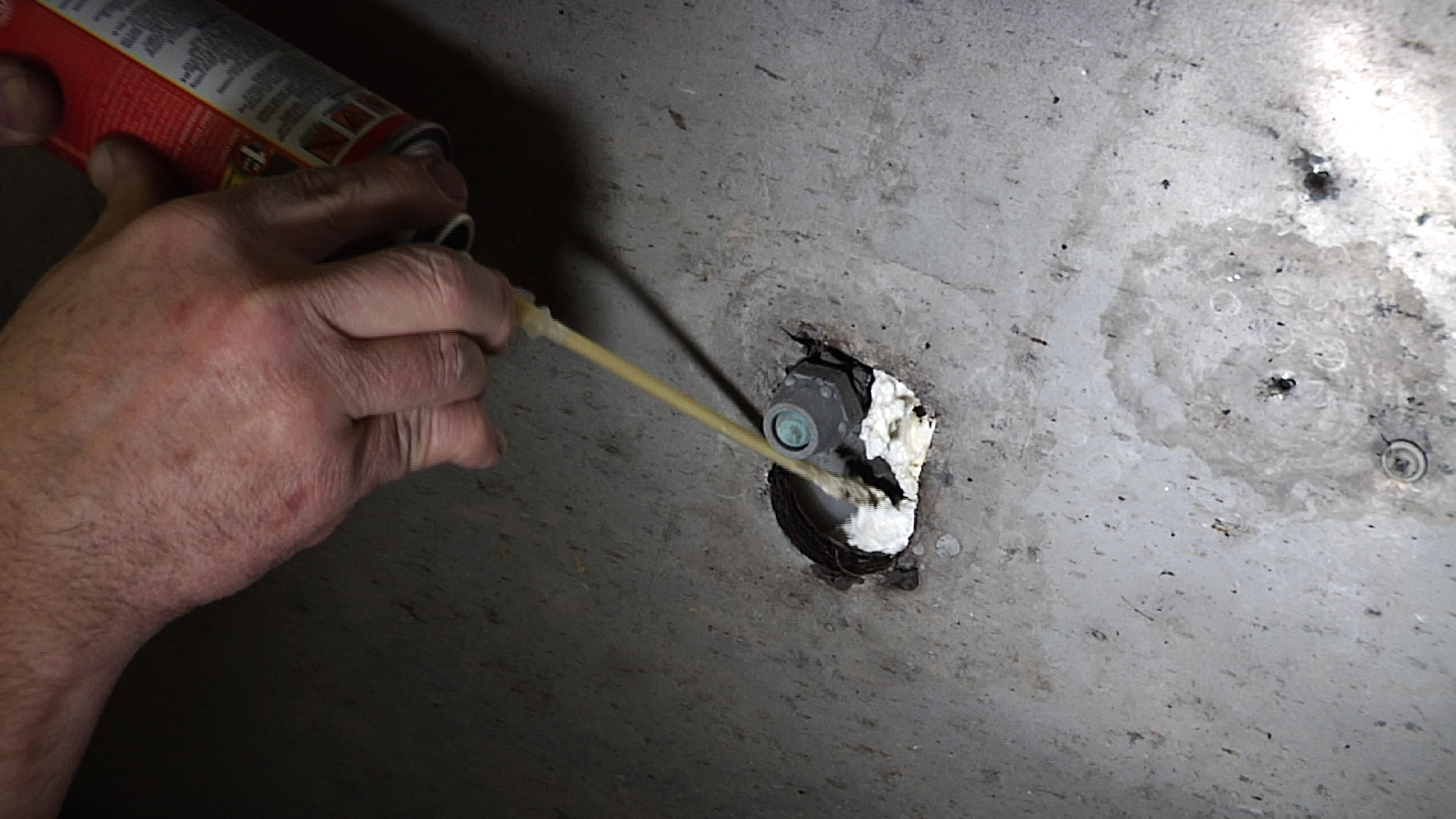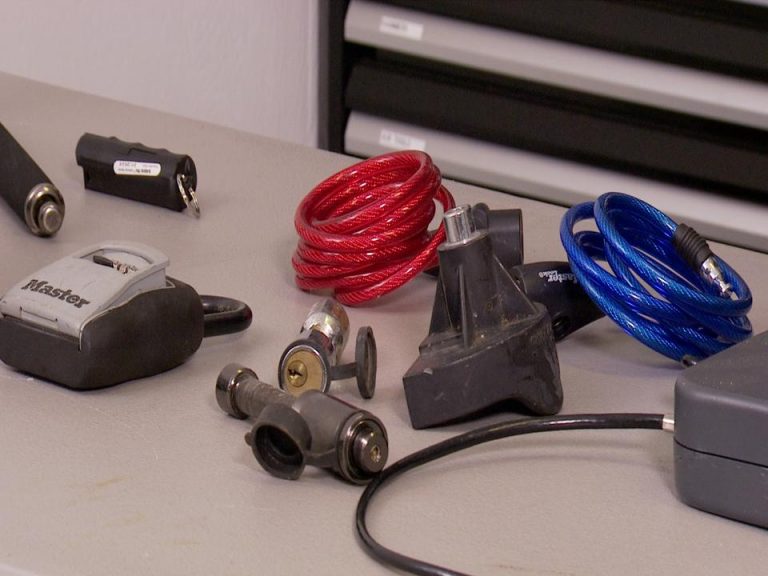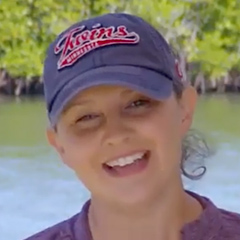
Nine Steps to Planning an RV Trip
Jason & Lisa McEwenWhether you’re new to RVing or are a full-timer with years of planning under your belt, we have some tips that can help you get the most out of each trip.
1. Consider your budget
Your first step is to consider your budget. Before you start daydreaming about hiking the Grand Canyon or riding an ATV through the desert, take a minute to consider how much you can spend. The most expensive pieces to RV travel are gas, campground fees, food, and activities.
2. Pick your destination
Your destination depends on your budget. You might pick a place to visit that’s closer to home to help you save on fuel costs. You can use fuel calculators to help you calculate how much you’ll spend on gas to and from a destination.
3. Research campgrounds and book in advance.
When you know where you want to go, you need to research campgrounds. Your budget might dictate where you stay. Private campgrounds are more expensive, whereas state campgrounds are cheaper. If you’re going a long distance, you might boondock on your way to your destination to save a few bucks. You should also be sure to read the campground description and check out online reviews before you book.
4. Review activities
Whether you’re planning to hang out at the beach, walk through historical sites, or visit an amusement park, plan ahead. Review the cost of the activities you want to do.
5. Review your route before you go
Use an app to review your route before you hit the road. We use Google Maps. You can choose to use toll roads or avoid them, and you can take a look at travel centers along the way too. Other apps like RVLife can also plan specific routes for big rigs that avoid things like switchbacks and steep inclines.
6. Consider following the 3/3/3 rule
If your destination is a multi-day drive, the 3/3/3 might help you plan your travel days out. With this rule, you’ll drive no more than 300 miles in a day, arrive at a campground by 3 p.m., and stay at that location for three days. This kind of plan gives you time to rest and not push it on the road. If you’re tight on time, this plan might not be feasible, but it’s worth considering.
7. Pad your arrival time
Whether or not you follow the 3/3/3 rule, your trip will take longer than it would in a car. You’ll go a little slower and you’ll probably stop a few more times too. If you’re traveling with kids, you’ll probably take a few more bathroom breaks too.
8. Be flexible
Even the best planned trip will have its flaws. Treat everything—even the obstacles—like an adventure. A positive attitude goes a long way when you’re on the road.
9. Give yourself extra time to get home
Plan to break camp and head back home several days before you need to go back to work or school. That way, if things go wrong, you have a little extra cushion.
Explore videos by Jason & Lisa McEwen
You may be interested in
Premium Membership
Unlock exclusive member content from our industry experts.
- 24/7 Access to Premium RV Maintenance Videos, Travel Inspiration, and Lifestyle Tips
- Step-by-Step Instructional Demos, Projects, and Guides
- 50% Off Video Downloads Purchased in the RV Lifestyle & Repair Shop
- Access to Ask the Expert Program
Unlock exclusive member content from our industry experts.
- 24/7 Access to Premium RV Maintenance Videos, Travel Inspiration, and Lifestyle Tips
- Step-by-Step Instructional Demos, Projects, and Guides
- 2 Full-Length Video Downloads to Watch Offline
- 50% Off Video Downloads Purchased in the RV Lifestyle & Repair Shop
- Access to Ask the Expert Program
Gold Membership
$333 Value
Get everything included in Premium plus exclusive Gold Membership benefits.
- 24/7 Access to Premium RV Maintenance Videos, Travel Inspiration, and Lifestyle Tips
- Step-by-Step Instructional Demos, Projects, and Guides
- 9 Full-Length Video Downloads to Watch Offline
- 2 Full-Length RV Repair Classes to Keep for Life
- Discounts on Purchase-to-Own Content in the RV Lifestyle & Repair Shop
- Access to Ask the Expert Program
- Exclusive GOLD LIVE Streaming Events
